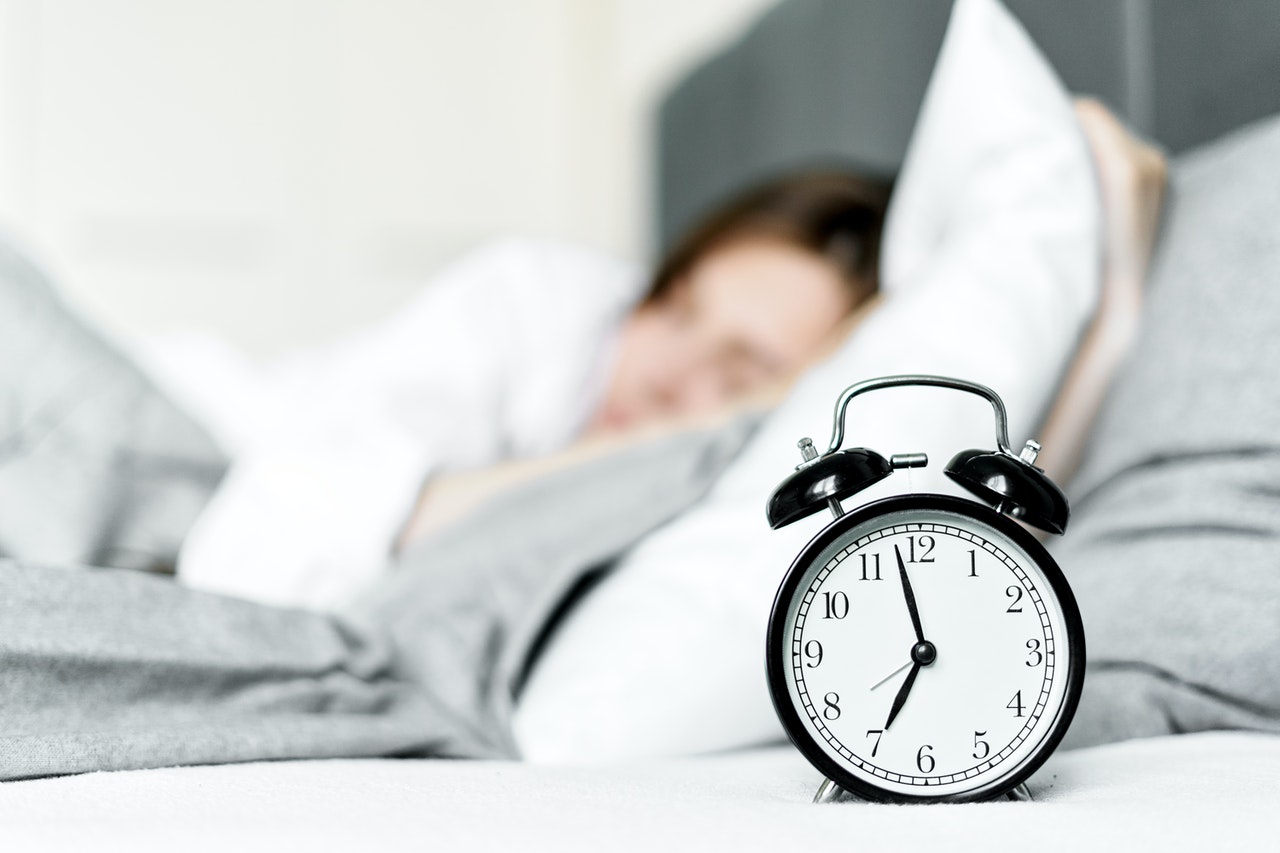A once exciting, and comforting treat, working from home (WFH) has fast become the norm rather than the exception. Working remotely has brought about a set of unique challenges to routine, the working environment, and the coveted work-life balance.
The lines of work and home have since been blurred, and as a result, the rat race has become more like a mouse trap. For many Australians, what was once “work from home” has become “live at work”.

A study conducted found that working at home could have either negative or positive impacts, depending on a variety of systemic moderators like, the demands of the home environment, level of organisational support, and social connections external to work (1).
However, studies have found that fatigue levels remained consistent regardless of whether employees were WFH or not (2,3). Without meaningful attention to the challenges that WFH brings, the risk of creating a mentally unsafe work environment arises.
So, what can we do to stay mentally healthy whilst working from home?
1. Boundaries, boundaries, boundaries!
To action boundaries, clarity around expectations needs to be front of mind. This means clarity around expectations of working hours, clarity around role expectations, and defined performance measures (4). Once this clarity is established, holding yourself to these expectations is the key to maintaining boundaries. This helps to mitigate the feeling of being ‘on call 24/7’. If you worked set hours in an office setting, getting to and from work, was an indicator for the start and end of a workday. Adding a buffer task to the start and end of a working day at home, means that our brain is making the same conditioned connection to shutting off from work. A faux-commute, like a walk around the block to get a coffee or with the dog is a great example here.
2. Decompress to impress
Decompression is the act of creating mental space for ourselves. Our emotions, time and space are connected intrinsically, so the purpose for creating more mental space, is to create the perception of more time. When we do this, we can create a space to relax and reset mentally and emotionally.We need to activate a part of our bodies called the parasympathetic nervous system to bring us into a state of calm and mental clarity (5).
After work, try allocating a period to connect with your breathing. This is most easily done in the shower, or a walk outside. Focus on six counts of breathing in, and six counts of breathing out. Setting you up for some mental clarity after a working day.

3. Routine is your best friend
Arguably the biggest threat to our wellbeing when WFH is a loss of routine when not going into the office. The usual tasks required to be completed before heading out the door for work, might have taken a backseat to emails or other work tasks.
However, all these tasks have been conditioned to remind you of the next task in your day, and hence have trained you to compartmentalise properly. When WFH the blurring of work and home life becomes difficult to manage if routine is not being adhered to (4).
So how do we maintain healthy routine when WFH is pervasive?
Firstly, you should continue a regular sleep schedule. Avoid the temptation to stay up later or sleep in longer just because you don’t have to commute. Waking at the same time everyday allows your circadian rhythm to remain as regular as possible. Exercise is also key. That doesn’t necessarily mean pushing out a 10km run at lunchtime or sneaking in a gym session. Getting out and moving for even a half hour a day releases norepinephrine, which helps regulate the body’s reaction to stress (6).

The WFH model, or at very least a hybrid model appears to be here to stay in Australia, making it imperative for us all to maintain our mental wellbeing in this alternative working environment.
Working from home should be a blessing. It enables us to spend more time with loved ones, we have more time to cook healthy dinners or get some exercise. But it’s a beast that must be tamed so we don’t fall into a rut.
Setting boundaries around time, expectations of your role, and performance measures will allow individuals to be able to ‘switch off’ more easily. And by taking time to decompress and maintain routine will ensure you don’t get caught in the mouse trap.
Mechelen D’Souza
Principal Psychologist, Thriving Thoughts Psychological Consulting
BPsy(Hons.); MProfPsy; MAPS | mechelen@thrivingthoughts.com.au | www.thrivingthoughts.com.au | Instagram
References
1. Oakman J, Kinsman N, Stuckey R, Graham M, Weale V. A rapid review of mental and physical health effects of working at home: how do we optimise health?. BMC Public Health. 2020 Dec;20(1):1-3.
2. Kaduk A, Genadek K, Kelly EL, Moen P. Involuntary vs. voluntary flexible work: insights for scholars and stakeholders. Community, Work & Family. 2019 Aug 8;22(4):412-42.
3. Nijp HH, Beckers DG, van de Voorde K, Geurts SA, Kompier MA. Effects of new ways of working on work hours and work location, health and job-related outcomes. Chronobiology international. 2016 Jul 2;33(6):604-18.
4. Eddleston KA, Mulki J. Toward understanding remote workers’ management of work–family boundaries: The complexity of workplace embeddedness. Group & Organization Management. 2017 Jun;42(3):346-87.
5. Alshak MN. Neuroanatomy, sympathetic nervous system. 2019.
6. Jackson EM. Stress relief: The role of exercise in stress management. ACSM's Health & Fitness Journal. 2013 May 1;17(3):14-9.




